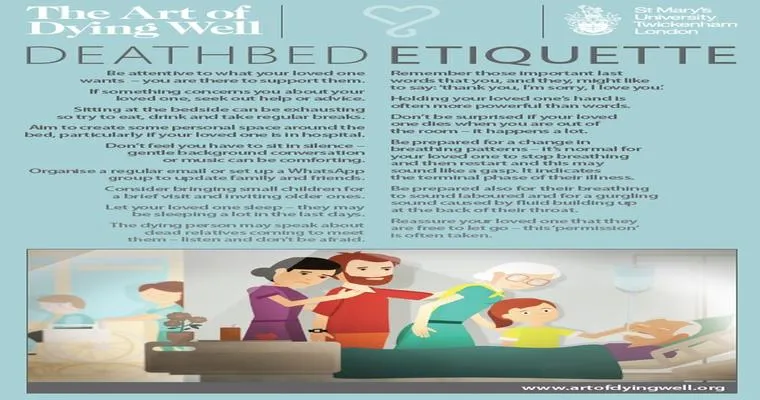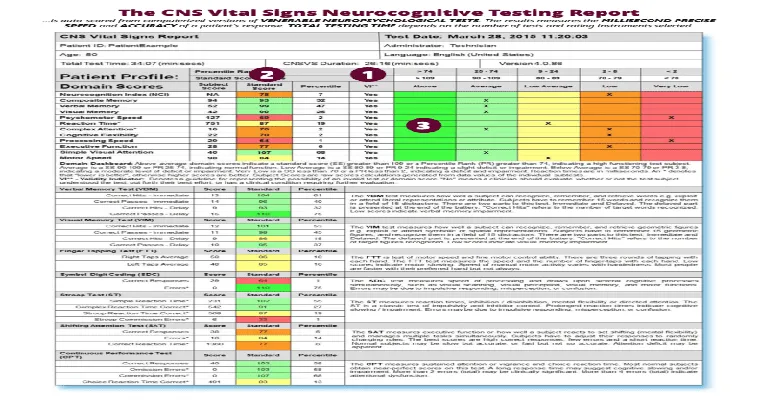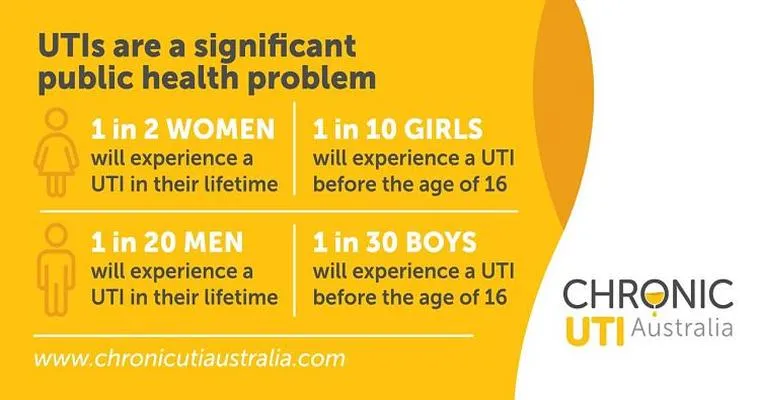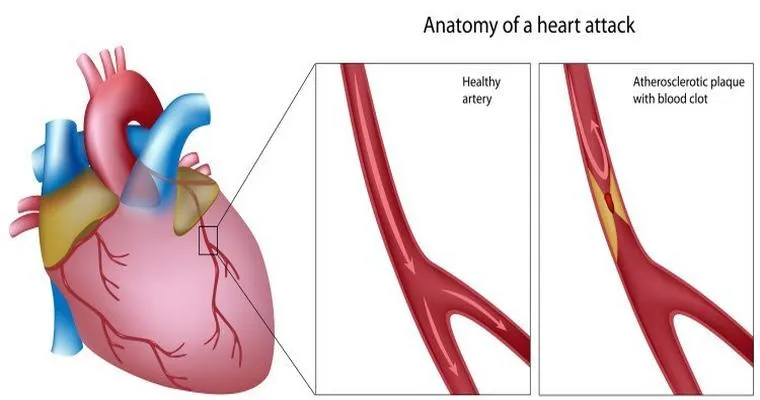Navigating the world of "hospice care" can be challenging, especially when faced with the situation of seeking services without a formal "diagnosis". Many families find themselves unsure of how to access "end-of-life care" for their loved ones when a specific medical condition has not been identified. Understanding the options available and the process of obtaining hospice services is crucial in ensuring that individuals receive the compassionate care they deserve.
Understanding Hospice Care
"Hospice care" is designed to provide comfort and support to individuals with a terminal illness and their families. It focuses on enhancing the quality of life through pain management, emotional support, and spiritual care. While hospice is typically associated with patients who have a terminal diagnosis, it is important to know that care can be accessed even without one.
Eligibility for Hospice Care
To qualify for hospice services, patients typically need to meet certain criteria. Most importantly, they must be experiencing a decline in health, which could be due to various reasons, including chronic illnesses or advanced age. While a specific diagnosis is usually required, hospice providers may consider other factors that indicate a need for care, such as significant weight loss, frequent hospitalizations, or an overall decline in function.
Steps to Access Hospice Care Without a Diagnosis
1. "Consult with Healthcare Providers": The first step is to speak with a healthcare professional. Even if there is no formal diagnosis, doctors can assess the patient’s condition and provide guidance on whether hospice care is appropriate. They may also help identify underlying health issues that could support the case for hospice services.
2. "Gather Documentation": Collect any relevant medical records, treatment histories, and information about the patient’s current health status. This documentation can assist in demonstrating the patient’s needs to hospice providers.
3. "Research Hospice Providers": Look for hospice organizations that have experience working with patients without a clear diagnosis. Some providers are more flexible and can evaluate the individual circumstances of each case.
4. "Request an Evaluation": Most hospice providers will conduct an initial assessment to determine eligibility. During this evaluation, they will consider the patient’s symptoms, needs, and overall quality of life. It is essential to communicate all concerns regarding the patient’s condition during this assessment.
5. "Discuss Care Options": If the hospice team determines that the patient is eligible for services, they will discuss the types of care available, including home health services, pain management, and emotional support for both the patient and family members.
6. "Understand Costs and Coverage": Many hospice services are covered by Medicare, Medicaid, and private insurance. Check the specific coverage details for your situation, as some providers may offer sliding scale fees or financial assistance for those without insurance.
Advocating for Your Loved One
If you encounter challenges in accessing hospice care without a diagnosis, remember that advocacy is key. Be persistent in communicating your loved one’s needs and concerns. Engage family members, friends, and healthcare professionals as allies in this process.
Conclusion
Though obtaining "hospice care" without a formal "diagnosis" can seem daunting, understanding the steps involved can ease the journey. By consulting with healthcare providers, gathering necessary documentation, and advocating for your loved one's needs, you can ensure they receive the compassionate care essential for enhancing their quality of life. Remember, hospice care is about providing comfort and support, and every individual deserves to have their needs addressed, regardless of their diagnosis status.





